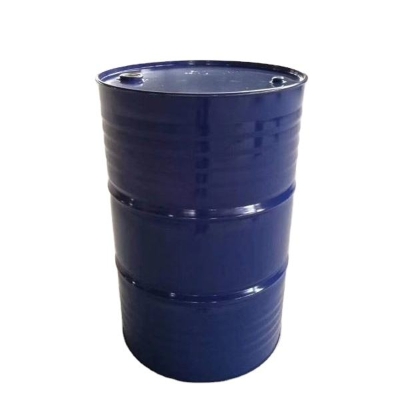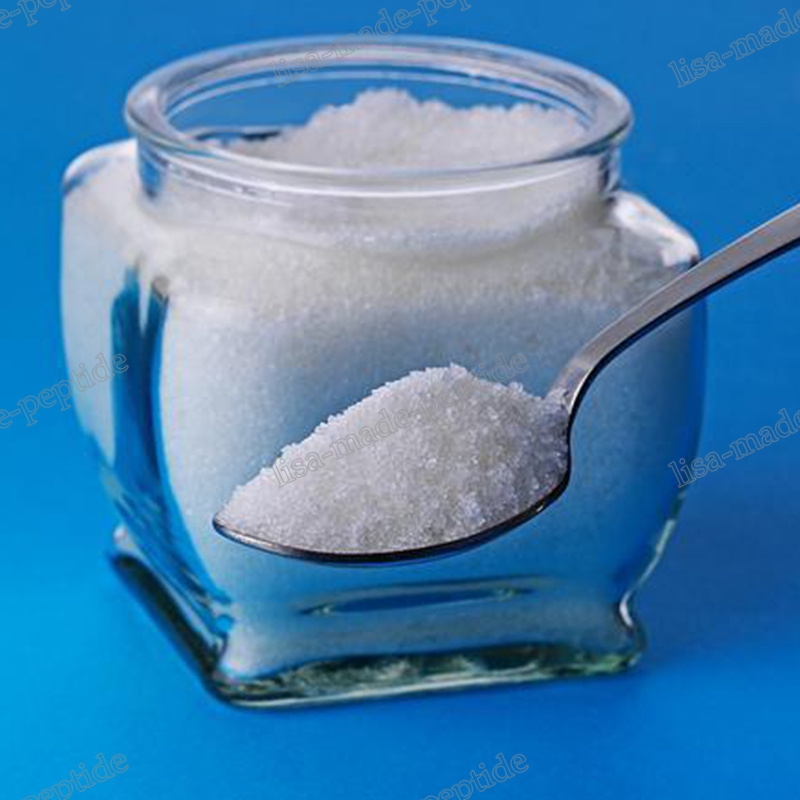-
Categories
-
Pharmaceutical Intermediates
-
Active Pharmaceutical Ingredients
-
Food Additives
- Industrial Coatings
- Agrochemicals
- Dyes and Pigments
- Surfactant
- Flavors and Fragrances
- Chemical Reagents
- Catalyst and Auxiliary
- Natural Products
- Inorganic Chemistry
-
Organic Chemistry
-
Biochemical Engineering
- Analytical Chemistry
-
Cosmetic Ingredient
- Water Treatment Chemical
-
Pharmaceutical Intermediates
Promotion
ECHEMI Mall
Wholesale
Weekly Price
Exhibition
News
-
Trade Service
PetroChina Exploration and Production Branch announced on March 16 that 11 major development tests of carbon dioxide capture, utilization and storage (CCUS) have been carried out in 10 oil and gas fields of PetroChina, and the annual carbon dioxide injection capacity has reached 567,000 tons, accumulative storage More than 4.
5 million tons of carbon dioxide
.
In the next step, PetroChina will launch the "Four Project Demonstrations" and "Six Pilot Tests" represented by the 3 million-ton CCUS major demonstration project in the Songliao Basin, to further promote PetroChina's CCUS industry into the fast lane of large-scale development
.
The CNPC Party Group attaches great importance to the development of the CCUS industry, incorporates green and low carbon into the company's development strategy, determines the "three-step" overall deployment of the new energy business, and regards the CCUS demonstration project as one of the "six bases and five projects" of the green industry The first key layout is to accelerate the development of the entire CCUS industry chain in terms of theoretical technology, field tests, and industrial applications, and achieve a cumulative carbon dioxide storage volume of over 4.
5 million tons
.
Today, under the promotion of the "dual carbon" strategy, PetroChina will launch a major demonstration project of 3 million tons of CCUS in the Songliao Basin, and focus on the "Four Project Demonstrations" in four oilfields in Daqing, Jilin, Changqing and Xinjiang.
, Jidong Oilfield, Dagang Oilfield, Huabei Oilfield, Tuha Oilfield, and Southern Exploration to carry out "six pilot tests", and press the "fast forward button" for the large-scale development of CCUS industry
.
At present, PetroChina has made important achievements and progress in CCUS theoretical and technical research and field tests
.
The engineering technology realizes the basic supporting CCUS whole process
.
In 2021, the CCUS-EOR project of the group company will inject 567,000 tons of carbon dioxide annually and produce 200,000 tons of oil, maintaining a domestic leading scale
.
Jilin Oilfield built the first low-cost carbon dioxide cycle injection station in China, and the first safe and zero-emission CCUS-EOR full-process industrial application technology demonstration project in China has been running smoothly for 10 years, realizing the intelligent, green, efficient and safe development of CCUS-EOR project.
The annual storage capacity of carbon dioxide reaches 350,000 tons, and the cumulative gas injection exceeds 2.
25 million tons.
The technical level has reached the leading domestic and international advanced level, forming the "Jilin Model" of CCUS development, and is at the forefront of the domestic CCUS industry development
.
Relying on the advantages of technology and industrial chain, the pace of industrialization and large-scale development of PetroChina CCUS has been accelerated
.
In 2021, PetroChina has prepared and completed the "PetroChina CCUS-EOR Planning and Deployment" plan, completed the demonstration of the "Four Four and Six Small" CCUS project plans, and fully launched the CCUS technology test
.
The CCUS in Jilin, Daqing and other oilfields has entered the stage of industrialization test, and the integrated model of carbon dioxide emission reduction and efficiency enhancement has attracted widespread attention at home and abroad
.
During the "14th Five-Year Plan" period, PetroChina will focus on CCUS planning goals and major issues to carry out original technical research, and strive to inject 5 million tons of carbon dioxide into CCUS and produce 1.
5 million tons of oil in 2025.
In order to promote the realization of the "dual carbon" goal make new contributions
.







